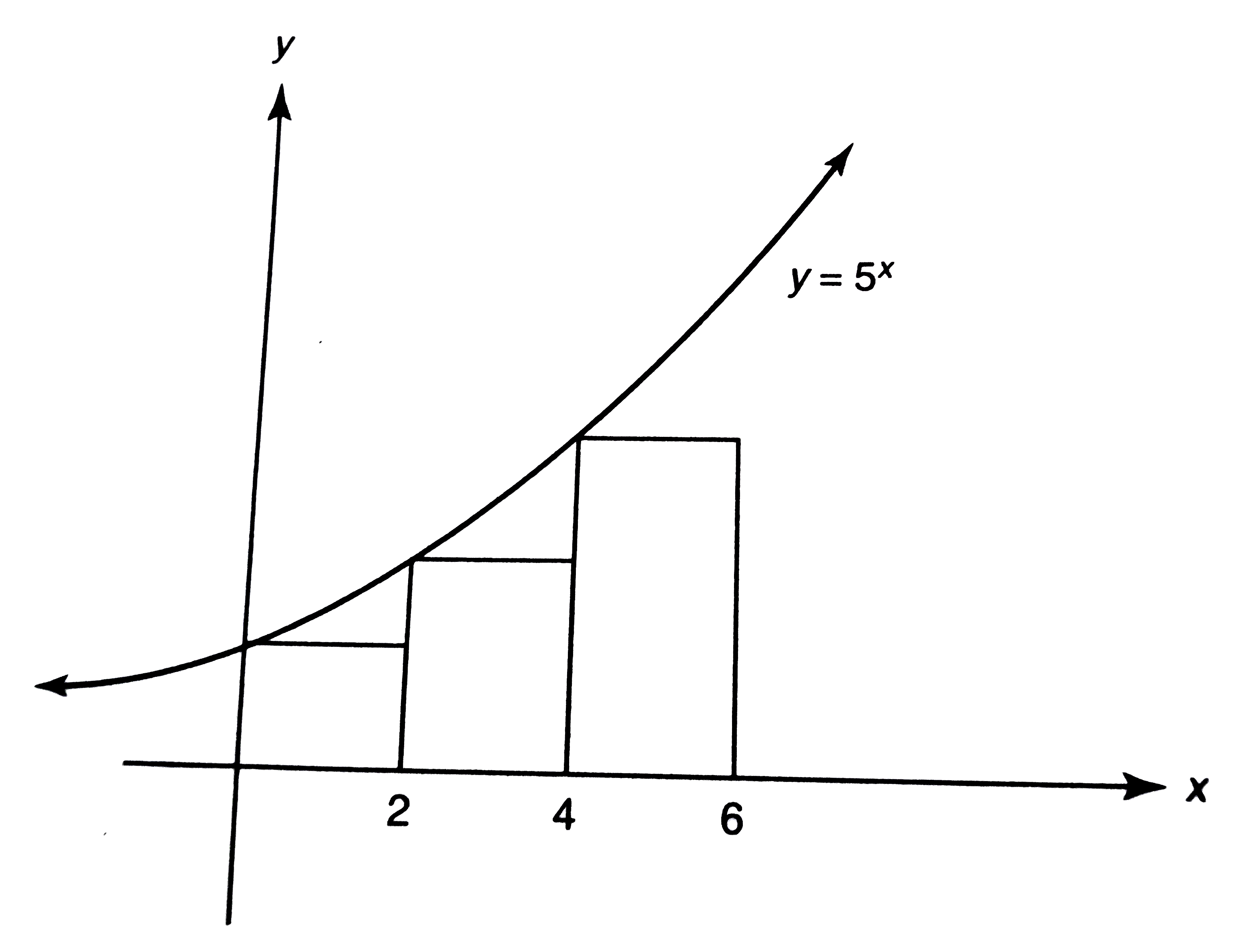If p,q∈N satisfy the equation x√x=(√x)x, then
A
p+q=5
B
|p−q|=4
C
pq=4
D
if logqp is defined, then logpq is not and vice versa
Video Solution
Text Solution
The correct Answer is:A, C, D
x√x=(√x)x,p,q∈N
⇒√xlogx=xlog√x
orlogx[√x−x2]=0
⇒logx=0or[√x−x2]=0
⇒x=1or4
|
Topper's Solved these Questions
- LOGARITHM AND ITS PROPERTIESBOOK - CENGAGE ENGLISHCHAPTER - LOGARITHM AND ITS PROPERTIESEXERCISE - Linked Comprehension Type
6 Videos
- LOGARITHM AND ITS PROPERTIESBOOK - CENGAGE ENGLISHCHAPTER - LOGARITHM AND ITS PROPERTIESEXERCISE - Matrix Match Type
3 Videos
- LOGARITHM AND ITS PROPERTIESBOOK - CENGAGE ENGLISHCHAPTER - LOGARITHM AND ITS PROPERTIESEXERCISE - Exercises (Single Correct Answer Type)
50 Videos
- LOGARITHM AND ITS APPLICATIONS BOOK - CENGAGE ENGLISHCHAPTER - LOGARITHM AND ITS APPLICATIONS EXERCISE - Subjective Type
9 Videos
- MATHMETICAL REASONINGBOOK - CENGAGE ENGLISHCHAPTER - MATHMETICAL REASONINGEXERCISE - Archives
10 Videos
Similar Questions
If p,q∈N satisfy the equation x√x=(√x)x, then pandq are (a)relatively prime (b) twin prime (c) coprime (d)if (log)qp is defined, then (log)pq is not and vice versa
View Solution∫e√xdx
View SolutionIf x,y∈R satisfy the equation x2+y2−4x−2y+5=0, then the value of the expression (√x−√y)2+4√xy(x+√xy) is
View Solutiony= log(√x+1√x)
View SolutionThe value of ∫20π−20π|sinx|[sinx]dx is (where [.] denotes greatest integer function)
View Solution∫a√x√x dx equals
View SolutionIf √2+√x=3 then, x=
View SolutionProve that the equation xlog√x2x=4 has no solution.
View SolutionThe value of 'x' satisfying the equation log2log3(√x+√x−3)=0 is coprime with : -
View SolutionIf f(x) = x√x , then f(√2)=

View Solution
